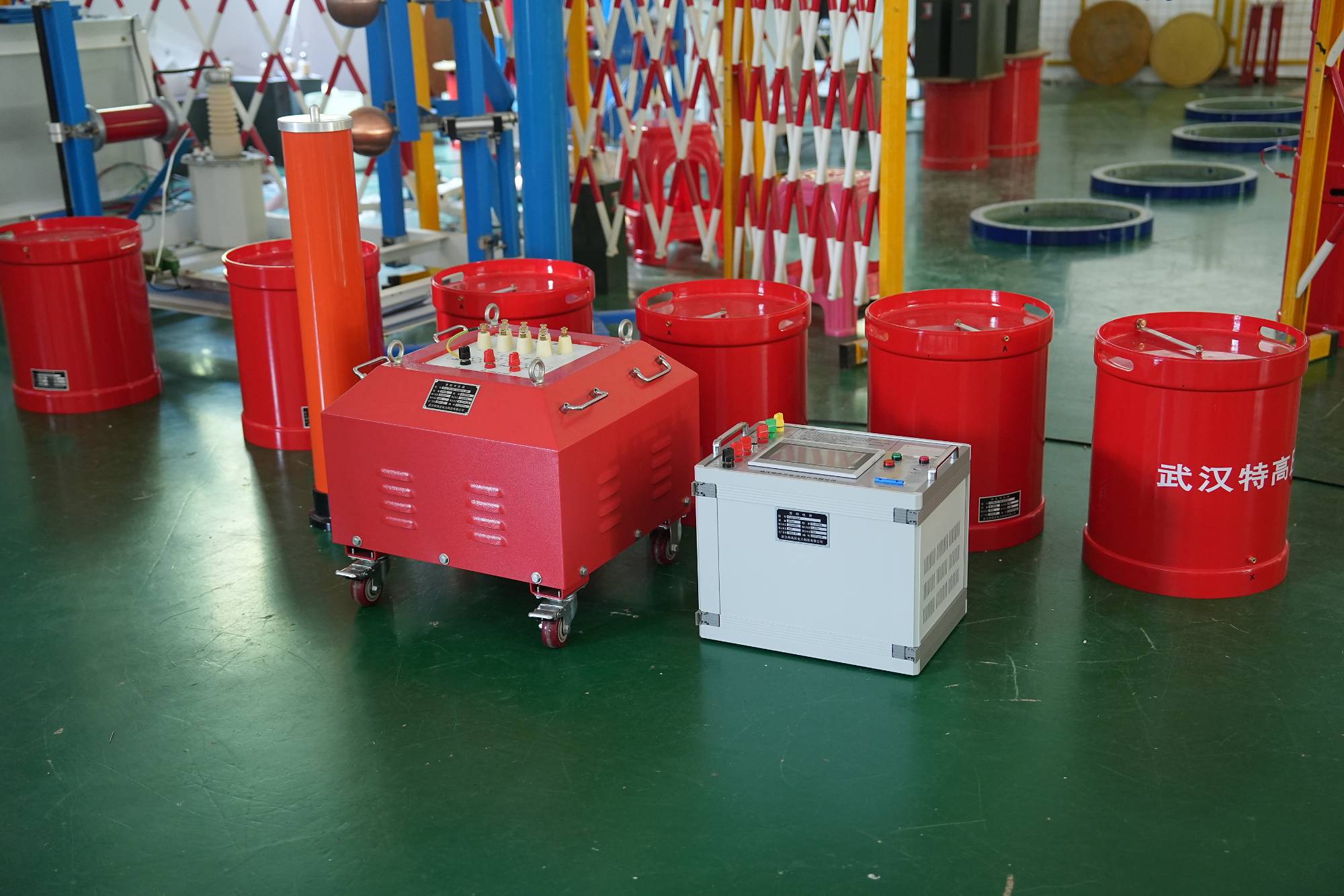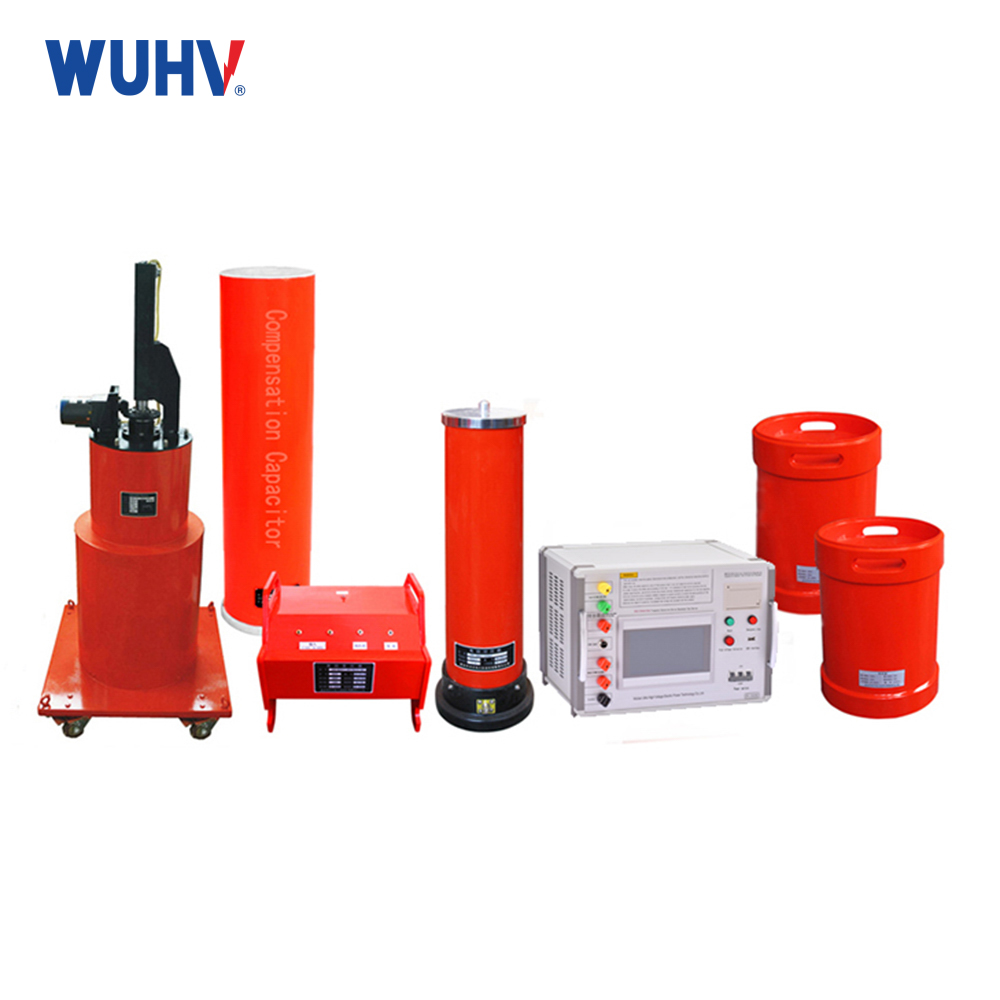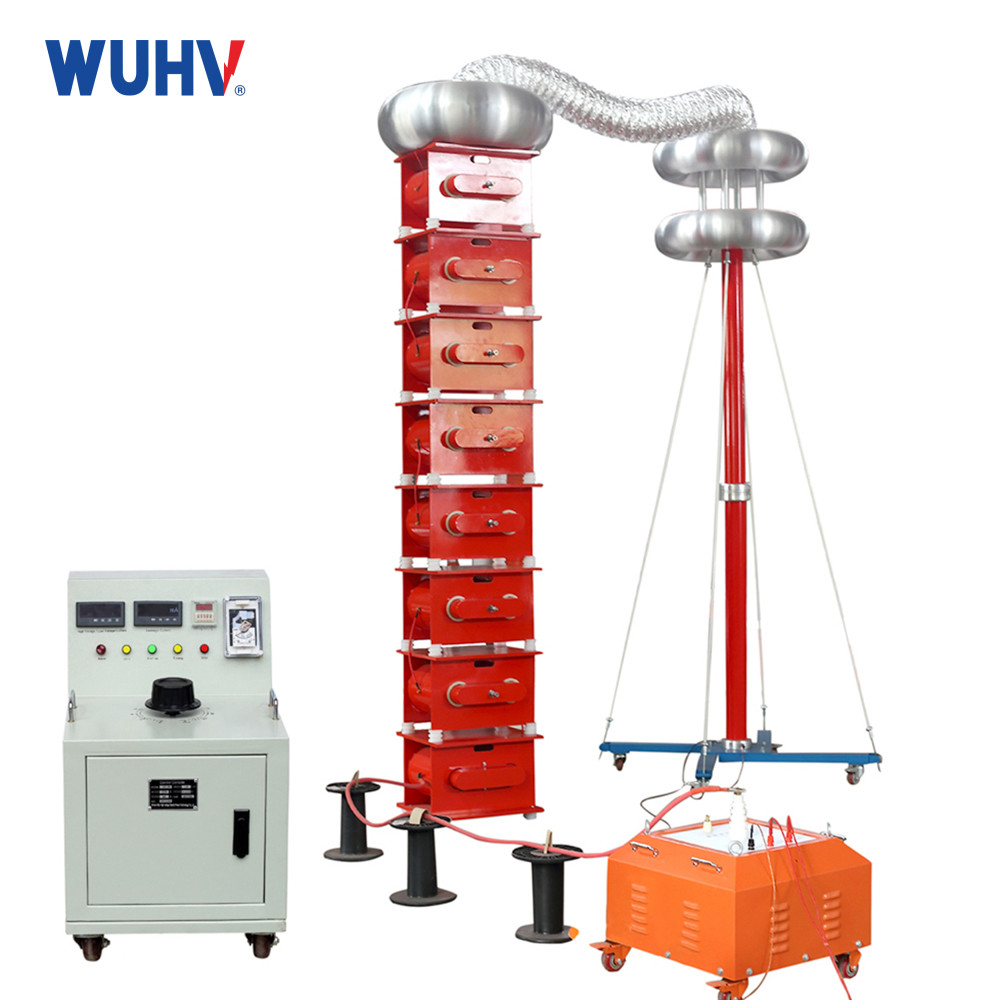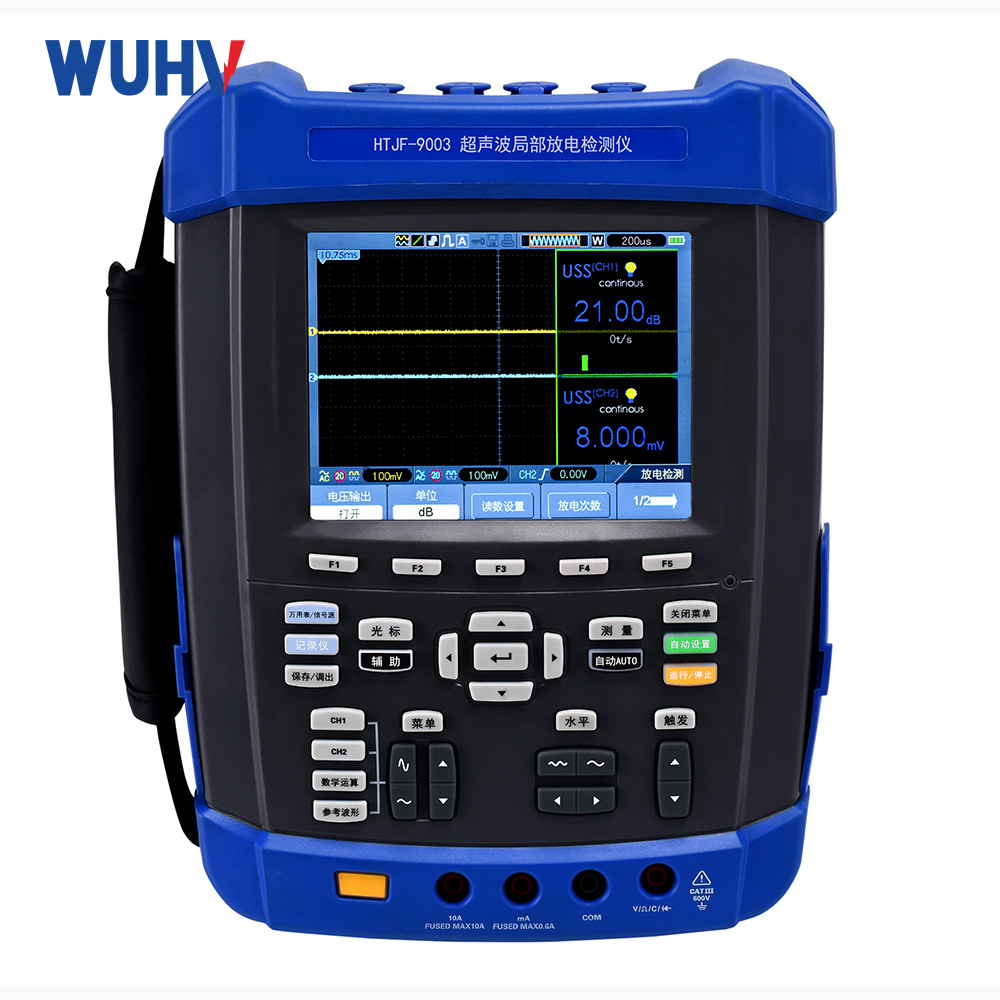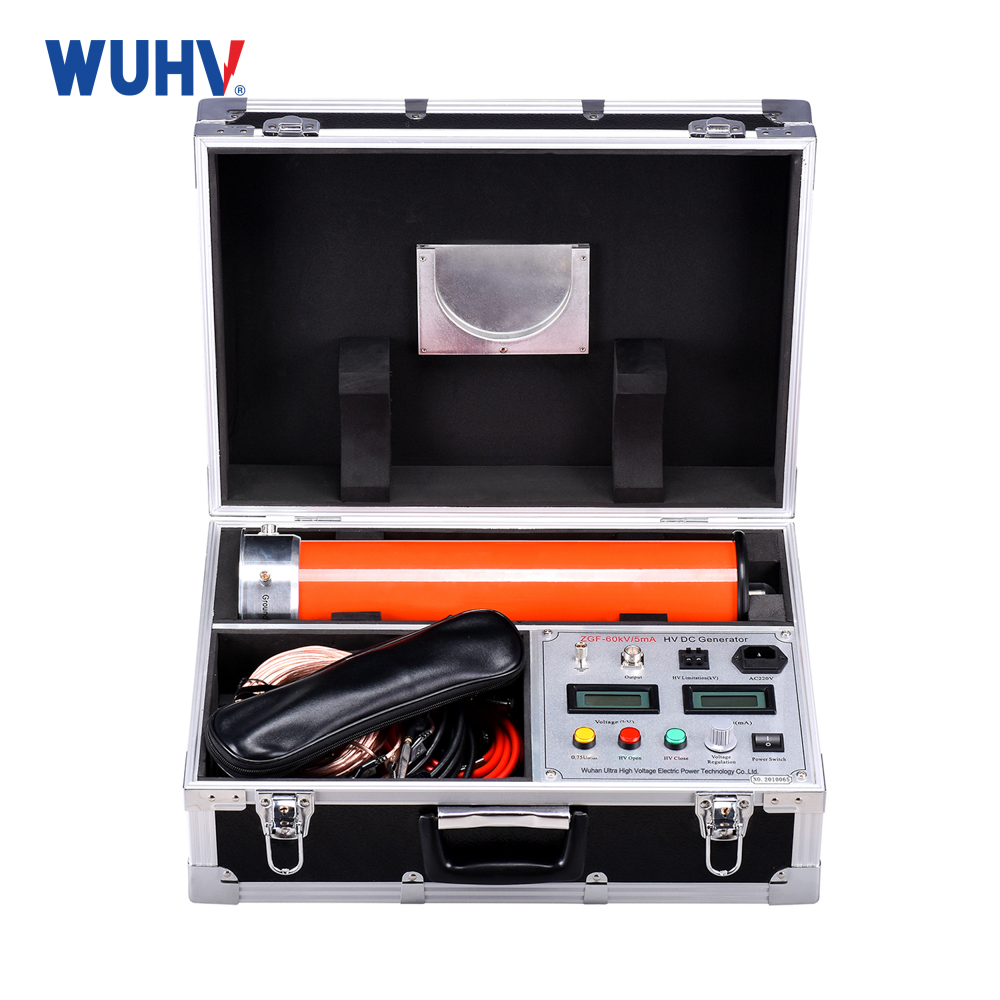The AC resonant test set under UHV power can help many power workers conduct various power tests more conveniently.
The two methods of cable withstand voltage testing, AC and DC, each have their own advantages and disadvantages for reference.
1、 Cable DC withstand voltage test
1. Advantages:
If the cable adopts DC withstand voltage method, the leakage current will be very small, and the power of the DC high-voltage generator is also relatively small, so the equipment is lightweight and easy to carry;
2. Disadvantages:
When using direct current for cable withstand voltage, parasitic charges are easily generated, and the higher the voltage, the greater the charge, and discharge cannot solve the problem at all. Practice has proven that there are many good local insulation problems in cables when conducting DC withstand voltage tests on 35kV and above. At present, AC testing is mandatory for cables of 35kV and above. The DC withstand voltage test is destructive to the cable, and the cable should be charged and discharged during the DC test. The cable operates in an AC environment, so the DC withstand voltage test is not realistic.
2、 Cable AC voltage withstand test
1. Disadvantages:
If AC is used for cable withstand voltage testing, the power requirements for the equipment are relatively increased, and the weight is significantly heavier than DC withstand voltage equipment. Although AC voltage resistant equipment is modularized into five parts, carrying DC equipment is still inconvenient.
2. Advantages:
In addition, communication devices have many advantages, such as large color screen touch, perfect human-machine interface, one click automatic control of the foolproof operation mode, which is much more convenient than DC. The key is that AC withstand voltage will generate a magnetic field of positive and negative 180 degrees. During the testing process, the cable did not carry any parasitic charges, effectively protecting the cable, and the cable was basically intact.
In recent years, domestic and international experiments and operational experience have shown that DC withstand voltage tests cannot effectively detect insulation defects in cross-linked polyethylene cables, and even cause insulation hazards in cables. Cable accidents have occurred frequently both domestically and internationally, and a considerable number of cable failures are caused by the negative impact of frequent DC withstand voltage tests. Therefore, a more practical AC withstand voltage test should be chosen.


